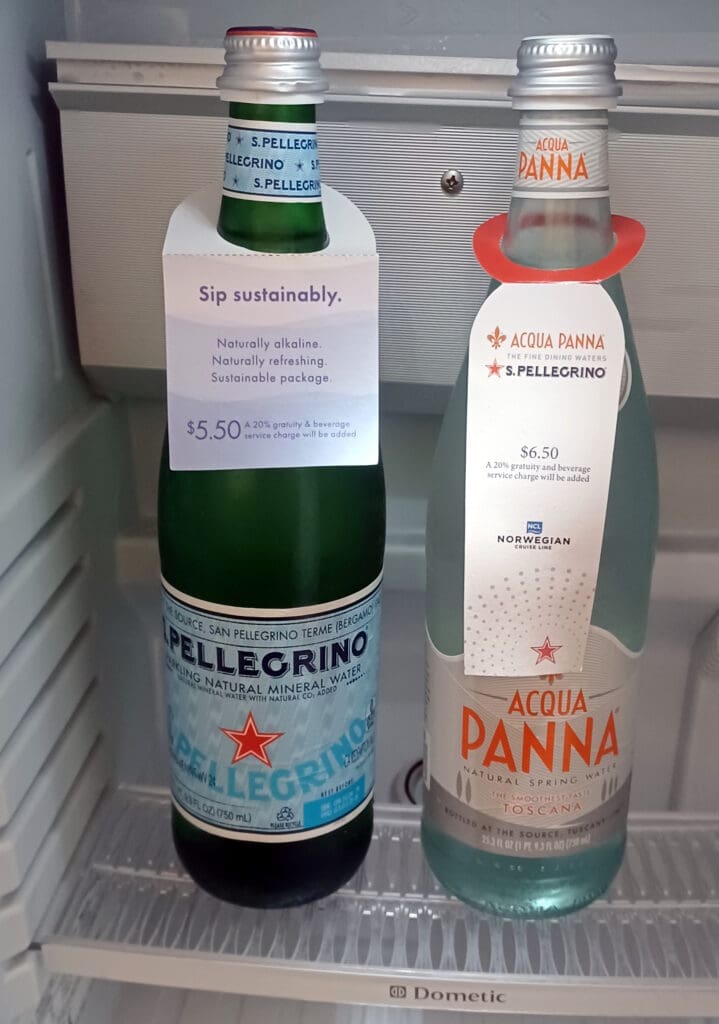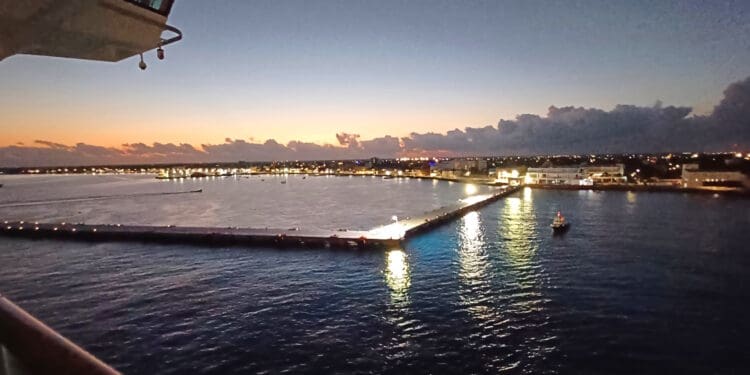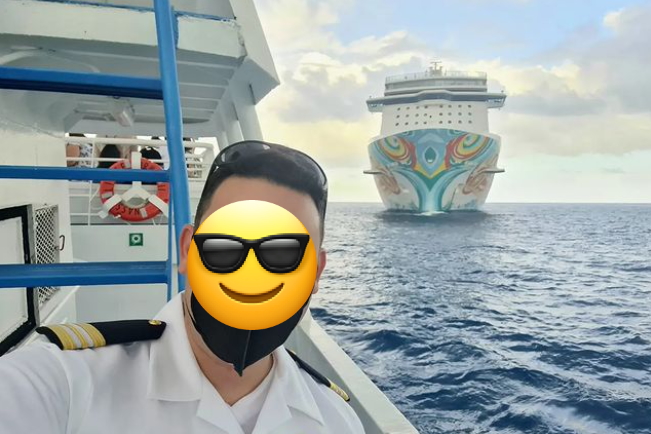Advertiser Disclosure: Eye of the Flyer, a division of Chatterbox Entertainment, Inc., is part of an affiliate sales network and and may earn compensation when a customer clicks on a link, when an application is approved, or when an account is opened. This relationship may impact how and where links appear on this site. This site does not include all financial companies or all available financial offers. Opinions, reviews, analyses & recommendations are the author’s alone, and have not been reviewed, endorsed, or approved by any of these entities. Some links on this page are affiliate or referral links. We may receive a commission or referral bonus for purchases or successful applications made during shopping sessions or signups initiated from clicking those links.
Even though you have prepaid for an all-inclusive vacation, where most of the things onboard are included in the price (think food, shows, and so on), you may still have to pay for something you take for granted – drinks!
I am not talking about fine wines or tasty adult frozen beverage concoctions – no I am talking about something as simple as water. In fact one of the stated benefits of elite status with NCL even says that you get “Flow Water Cartons” in your cabin on the first day of sailing!

But do you need them or do you need to pay for “bottled” water? (side note: the Flow Water is nasty to my taste and I much preferred what they had before). I mean is the tap water not just fine? Let’s take a look at what NCL tells us about the water onboard:
“Is the water onboard safe to drink?
All of our ships produce water in accordance with the guidelines and requirements as defined by the U.S. Department of Health and Human Services, U.S. Public Health Service, Centers for Disease Control and Prevention and the National Center for Environmental Health.” NCL.com
In fact almost all the major cruise lines use some kind of advanced water treatment systems that purifies the water and makes it completely safe for consumption. Once the sea water is purified is can be treated with chlorine, bromine, or other disinfectants to kill bacteria and other microorganisms. They then check the treated water and it is then tested regularly to ensure that it meets the safety standards required by law.

I mean think about this fact, even if you don’t want to drink ship’s water and buy a water package, the ice may or may not use is made from the ship’s water. Plus, many times the juices provided to you are from concentrate, that is, you guessed it, mixed with ship’s water. So it really is hard to get away from ship’s water even if you want to so it is good it is safe to drink.
But just how is it done? I could not find a specific NCL or other cruise line video showing the exact process but I know that Norwegian uses both reverse osmosis and distillation to make the fresh water we drink. An example of this process is shown in a video below that is most interesting to watch:
Advertiser Disclosure: Eye of the Flyer, a division of Chatterbox Entertainment, Inc., is part of an affiliate sales network and and may earn compensation when a customer clicks on a link, when an application is approved, or when an account is opened. This relationship may impact how and where links appear on this site. This site does not include all financial companies or all available financial offers. Opinions, reviews, analyses & recommendations are the author’s alone, and have not been reviewed, endorsed, or approved by any of these entities. Some links on this page are affiliate or referral links. We may receive a commission or referral bonus for purchases or successful applications made during shopping sessions or signups initiated from clicking those links.












As a Platinum Latitudes member, I was not aware that tap water in your cabin was safe to drink. This was a very informative article and I appreciate it. Could you consider this water distilled, like for a C-Pap machine? Our steward usually brings us a gallon of distilled water. On Carnival, we were charged for distilled water, but so far, Norwegian has not. We leave on another cruise next week so we’ll find out.
John M. in Arkansas
@John – You will still want to ask for 100% distilled for C-Pap or other similar units.
Problem is the tap water on ships often has some salt left in it, so drinking the tap water will puff up those ankles faster.
@Babblespeak – Never had such and issue ever even after 3 weeks onboard. The salt levels are tested and if too high it goes back through the process to be removed.
Although ship water is fairly safe to drink, on many older ships the complicated plumbing systems near the rooms are not safe in my opinion. I’ve seen some of that taken apart and the pipes are coated with crude inside that is not safe. I won’t even brush my teeth with the water in the cabin sinks. Drinking it from on-deck sources is fine.